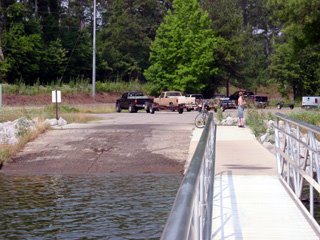
Floating a slow moving river doesn't produce as much adrenaline as whitewater rafting, but a small jon boat can produce an enjoyable, peaceful excursion. Paddling can be a little tiring, but as long as you have plenty of time there is no reason to get in a hurry. Having a lot of time to enjoy the scenery and companionship is the best thing about these kind of trips.
It doesn't take much equipment, just a small boat or canoe and a couple of paddles and some great adventures are in store. A little preparation is necessary when your partner is a child that can not drive, but with the assistance of another adult to make sure you have a vehicle when you finish the trip and it can be very rewarding. It is always important to wear life vests especially when a young person is your only companion.
Cell phones are great for safety devices as long as you have coverage and a plastic bag just in case there is an accidental dip in the water. Make sure to have plenty of water and some snacks to make sure hunger doesn't ruin the trip. These trips can be great fun just to relax and enjoy the quiet time, but some great fishing is sometimes available as well.
It is a good idea to be familiar with the river and the time it takes from one take out spot to the other. Make sure to talk with someone that has been down the river before to get a good idea of the time. I learned a lesson the first time I went with my son because he didn't know for sure we would arrive at our destination and became a little scared because we were a long way from anyone. We had been on many excursions, but not one quite as long as this particular trip. I knew where we were going, but obviously I didn't communicate very well with my son.
I thought this would be a good time to share how to call for help if something happened not realizing I was just giving him reason to have a few doubts. Lesson learned, but all and all the trip was still fun. Going over safety precautions in a very secure setting is best so that when you are on the trip the youngster has nothing to think about but having a good time.
Make sure you schedule enough time to get on the land and do a little exploring. Sitting in a canoe or small boat for long periods of time can be a little tiring and having a chance to stretch your legs helps make the trip more enjoyable. Many types of wildlife can be observed which always helps the trip much better. So get out there and spend some peaceful time with someone you love and the trip can be the memory of a lifetime.

